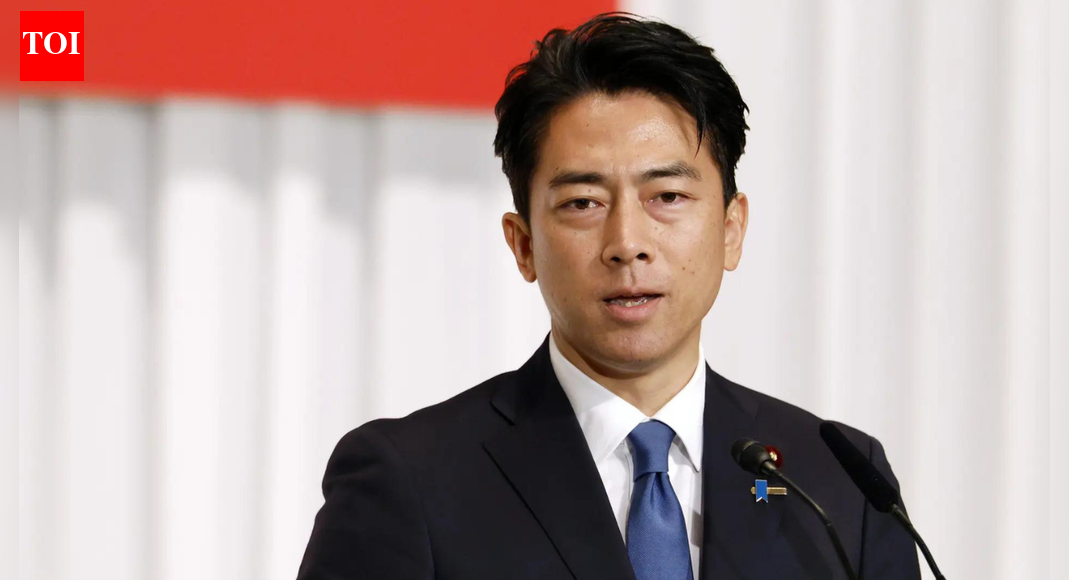Japan Fortifies Yonaguni Island with Missile Deployment
Japan is moving forward with its plan to deploy surface-to-air missiles on Yonaguni island, its westernmost outpost. This decision was notably underscored by Defense Minister Shinjiro Koizumi during a recent visit. The strategically vital base, situated just 110 km east of Taiwan, is set to receive these reinforcements as part of Japan's efforts to enhance deterrence rather than escalate regional tensions, Koizumi emphasized.
Strategic Context: China Tensions and Taiwan Contingency
The deployment on Yonaguni forms a pivotal component of Japan's broader military buildup across its southern island chain. This significant strategic move directly addresses Tokyo's growing apprehension regarding China's expanding military influence and the ever-present risk of a contingency involving Taiwan. Japan's security concerns have been particularly heightened by a recent diplomatic spat, triggered by remarks from Prime Minister Sanae Takaichi. Her suggestion that Japan might militarily cooperate with other nations if China were to attack Taiwan drew swift condemnation and economic retaliation from Beijing.
Key Defensive Nodes in Japan's Southern Chain
Prior to his visit to Yonaguni, Minister Koizumi inspected other critical defense hubs in the region. These included Ishigaki, which houses anti-ship missiles, and Miyako, home to essential air-surveillance units and ammunition facilities. Further east, Okinawa contains significant Japanese and US military installations, illustrating the comprehensive defensive network in place. Yonaguni itself, renowned as a popular diving destination, also serves as a crucial surveillance point. It is equipped with radar systems designed to monitor nearby seas and airspace, and importantly, in 2024, an electronic-warfare unit was introduced to disrupt enemy communications and guidance systems, further bolstering its capabilities.
Regional Dynamics and Vulnerabilities
The rising regional dynamics have seen Chinese state-controlled media actively challenging Japan's sovereignty over these islands, often citing the historical independence of the Ryukyu kingdom. While few current residents of Okinawa Prefecture advocate for independence, many express understandable apprehension about their islands potentially becoming targets in a conflict. The inherent vulnerability of Yonaguni was starkly highlighted in 2022. During that period, Chinese ballistic missiles landed just south of the island amidst military drills, which were conducted in response to then-US House Speaker Nancy Pelosi's visit to Taiwan.
Strengthening Alliances for Future Security
During his meeting with Yonaguni's mayor, Koizumi reiterated the critical necessity for Japan to continuously strengthen its Self-Defense Forces and deepen coordination with the United States. He conveyed a clear and resolute message: "Today, Japan faces the most severe and complex security environment since the end of World War II. To protect the peaceful livelihoods of the Japanese people — including everyone here on Yonaguni — we must strengthen the Self-Defense Forces’ capabilities." This powerful statement underscores Japan's unwavering resolve to safeguard its security and national interests in an increasingly intricate geopolitical landscape.

